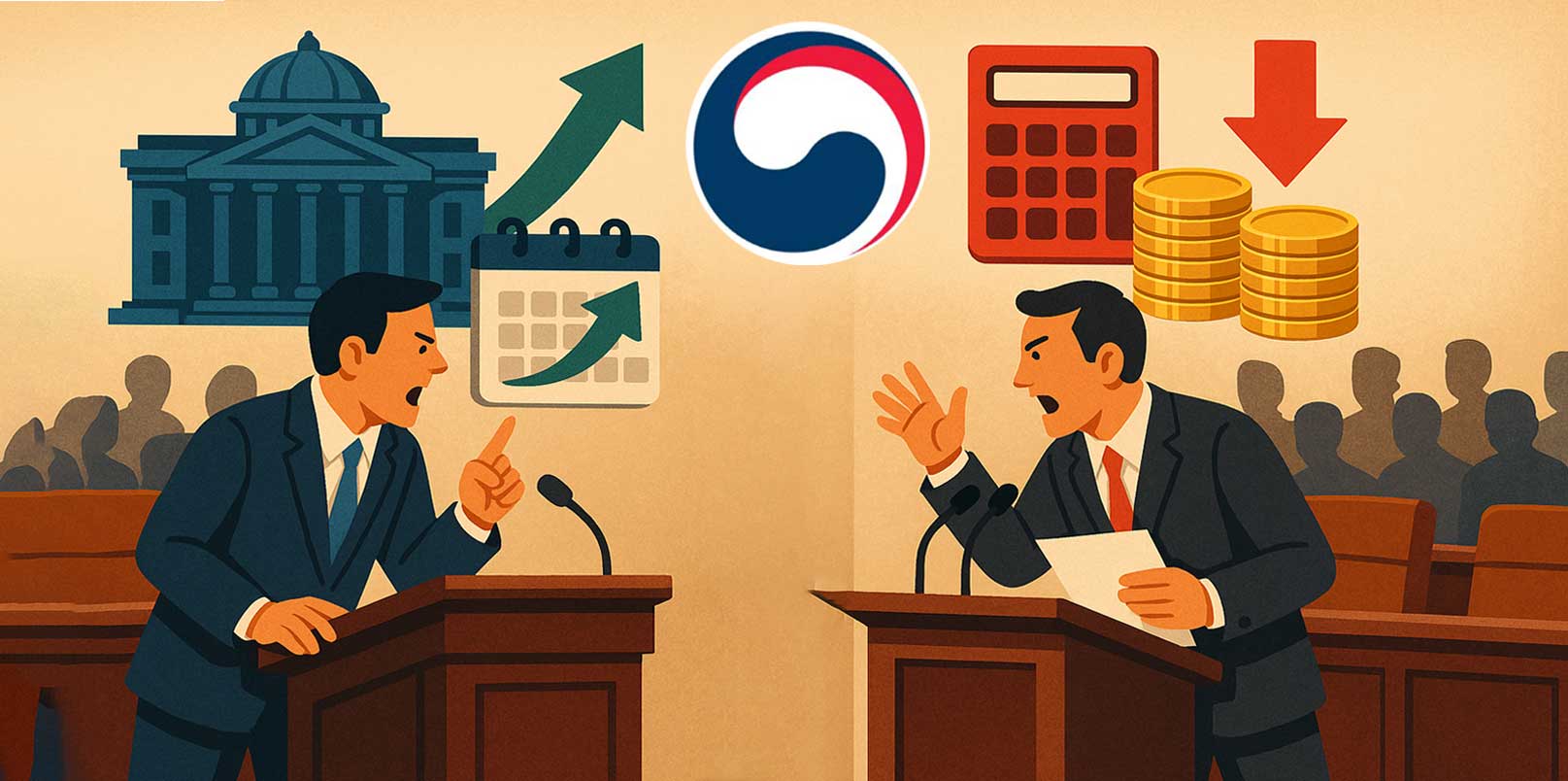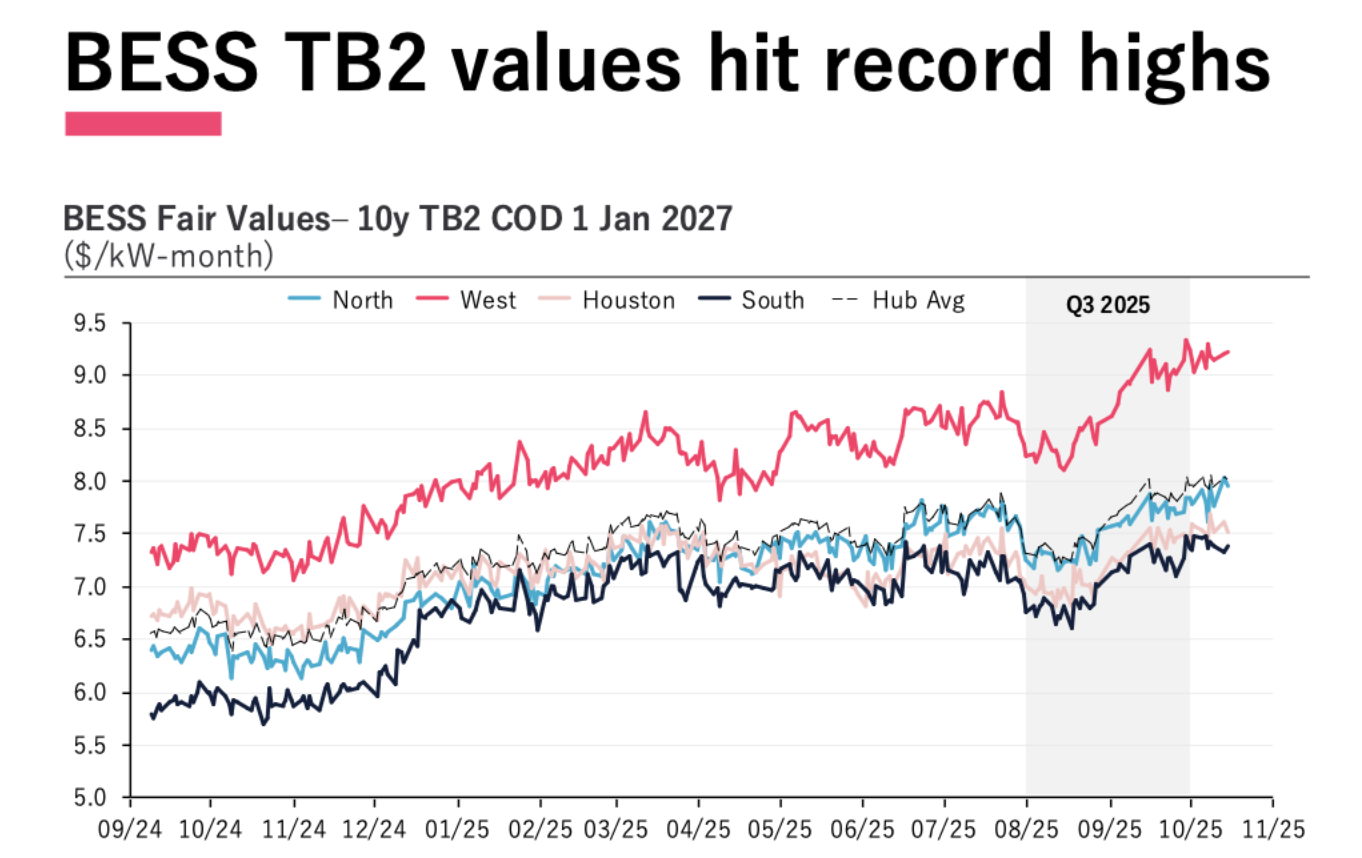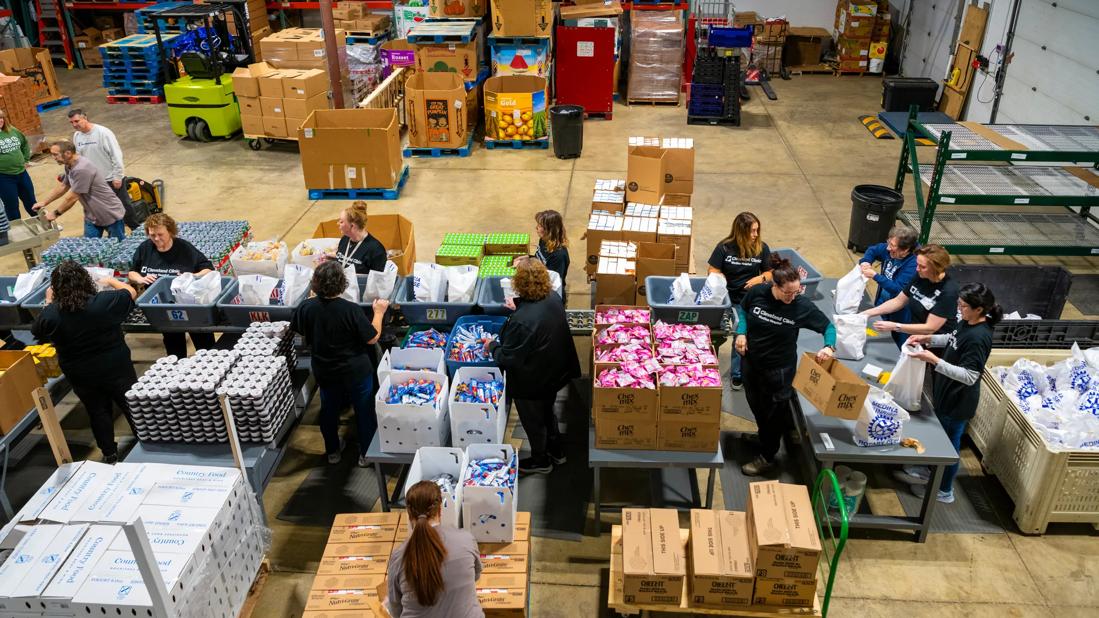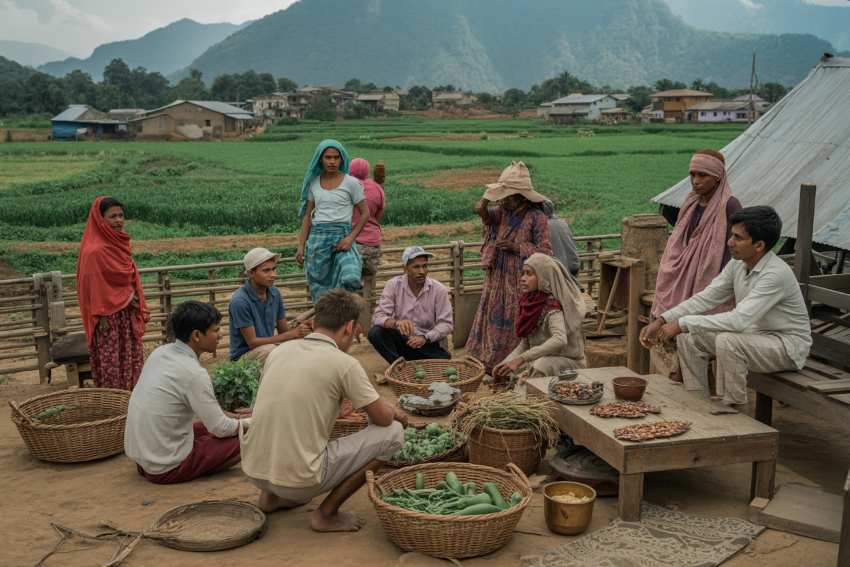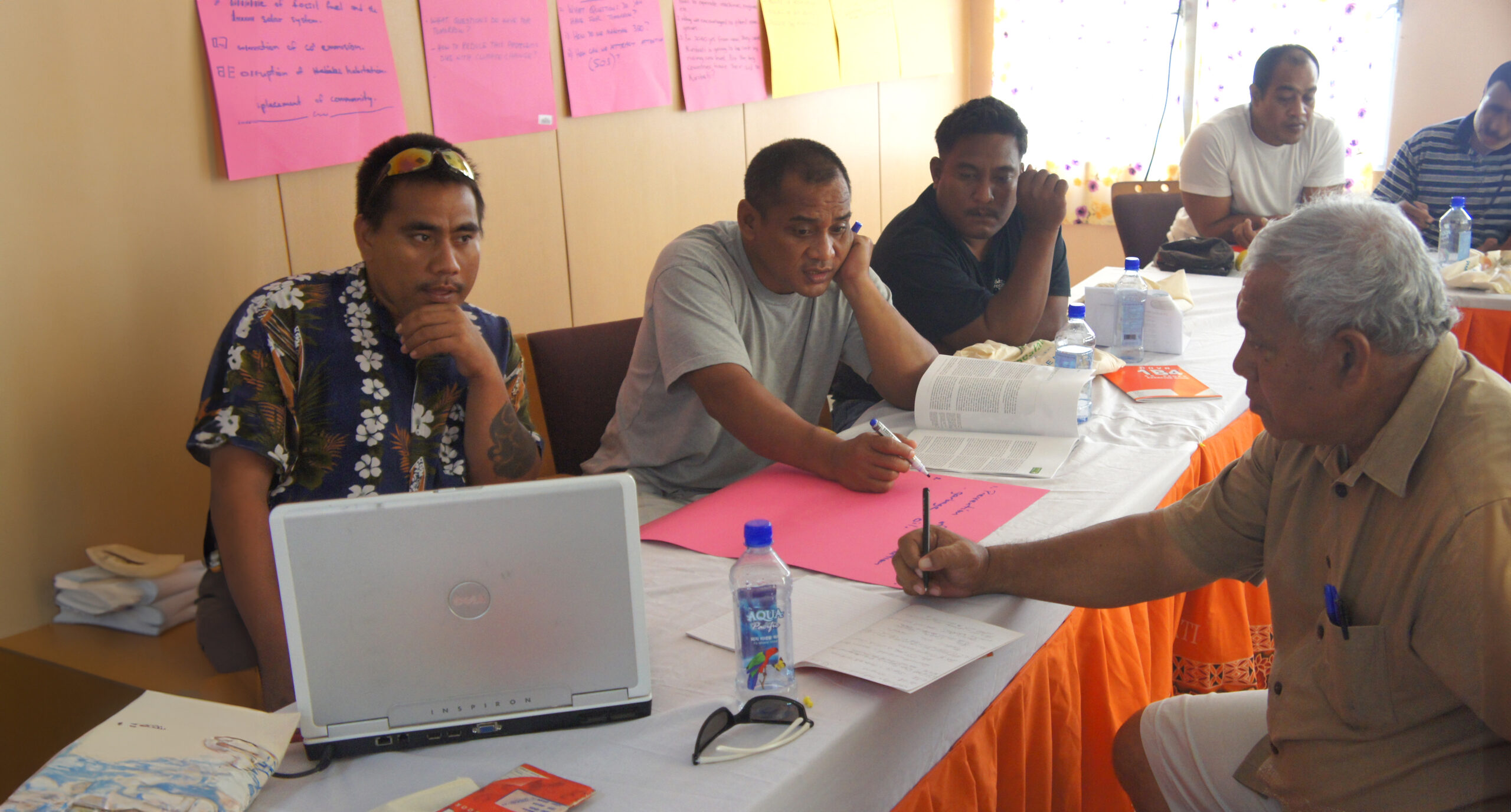Climate Adaptation Turns Fisherfolk into Farmers in the Philippines – TriplePundit

Report on the La Cocina De Marabut Cooperative: A Model for Climate Adaptation and Sustainable Development
Introduction
In the Philippines, coastal communities are increasingly vulnerable to the impacts of climate change, which threaten traditional livelihoods such as fishing. This report details the case of La Cocina De Marabut, a cooperative in Barangay Osmeña, Samar, which has successfully transitioned from fishing to sustainable agriculture. This initiative, supported by the organization Food for the Hungry, serves as a practical example of achieving multiple Sustainable Development Goals (SDGs) through community-led action.
Climate Vulnerability and Livelihood Diversification
The fisherfolk of Samar have faced significant challenges due to climate change, including rising ocean temperatures and dwindling fish stocks. These environmental pressures have jeopardized their primary source of income and food, directly impacting progress toward SDG 1 (No Poverty) and threatening the sustainability of marine resources as outlined in SDG 14 (Life Below Water). The devastation caused by Super Typhoon Haiyan in 2013 acted as a catalyst for change, forcing the community to seek more resilient livelihoods.
Transition to Sustainable Agriculture
Led by former fisherman Paterno Padua, the community established La Cocina De Marabut, a cooperative farm, restaurant, and agricultural school. This shift to organic farming was a strategic move to gain control over food production and income, directly addressing several SDGs.
- SDG 2 (Zero Hunger): The cooperative enhances food security by producing organic crops for local consumption, for its restaurant, and for the Philippines Department of Social Welfare and Development’s anti-hunger programs.
- SDG 8 (Decent Work and Economic Growth): The initiative creates stable jobs and income streams through farming, tourism, and education, moving the community away from a “hand-to-mouth existence.”
- SDG 13 (Climate Action): The cooperative actively implements climate adaptation strategies. Through training, farmers have learned techniques to cultivate crops that can withstand extreme heat and heavy rainfall, building resilience to climate change.
A Multifaceted Approach to Sustainable Development
The success of La Cocina De Marabut is rooted in its integrated model, which combines food production with education and economic enterprise, contributing to a holistic vision of sustainability.
Education and Capacity Building
The agricultural school is a cornerstone of the project, directly supporting SDG 4 (Quality Education).
- The school has graduated 284 students, providing them with national certification in agriculture.
- Graduates, such as field officer Alfonso Palada, become self-employed and share their knowledge, multiplying the project’s impact.
- Training provided by Food for the Hungry was critical for teaching new agricultural technologies and climate-adaptive techniques, demonstrating the value of SDG 17 (Partnerships for the Goals).
Environmental Stewardship and Responsible Production
The cooperative champions environmentally sound practices that align with key global goals.
- SDG 12 (Responsible Consumption and Production): The emphasis on organic farming and the use of organic fertilizers over synthetic alternatives promotes sustainable agriculture.
- SDG 15 (Life on Land): By avoiding synthetic fertilizers, the cooperative helps protect against land degradation and contributes to the health of the local ecosystem.
Conclusion: A Replicable Model for Community Empowerment
The La Cocina De Marabut initiative demonstrates that locally-led climate adaptation can generate significant socio-economic and environmental benefits. By empowering community members with skills, knowledge, and organizational structure, the project has successfully addressed poverty, food insecurity, and climate vulnerability. Paterno Padua’s success has transformed his life and inspired other farming associations to replicate the model. This case underscores the United Nations’ finding that investments in climate adaptation yield substantial returns and highlights the critical role of empowering local actors to achieve the Sustainable Development Goals.
Analysis of Sustainable Development Goals in the Article
1. Which SDGs are addressed or connected to the issues highlighted in the article?
The article highlights several issues and solutions that directly connect to a range of Sustainable Development Goals. The analysis below details the relevant SDGs:
- SDG 1: No Poverty
The article addresses poverty by describing the community’s initial “hand-to-mouth existence” and how the destruction of livelihoods by Super Typhoon Haiyan exacerbated their economic vulnerability. The transition to farming is presented as a pathway to elevate incomes and achieve financial stability, as exemplified by Paterno Padua’s success. - SDG 2: Zero Hunger
The initiative directly tackles food insecurity. The article mentions initial problems of “less food to go around” and “food scarcity.” The cooperative farm, La Cocina De Marabut, now produces food for its restaurant, the community, and contributes to the government’s “anti-hunger programs.” - SDG 4: Quality Education
The project includes an “agricultural school at La Cocina de Marabut” that provides vocational training. The article states it has “graduated 284 students” who receive a “national certificate,” equipping them with skills for employment and entrepreneurship. - SDG 8: Decent Work and Economic Growth
The cooperative model creates new economic opportunities. It generates jobs through the farm and restaurant, promotes self-employment for graduates, and fosters local economic growth by attracting tourists and feeding income back into the community. - SDG 12: Responsible Consumption and Production
The article emphasizes the shift to sustainable agricultural practices. It highlights the use of “organic fertilizers instead of synthetic ones” to “protect against environmental degradation” and contribute “less environmental harm,” promoting a sustainable production model. - SDG 13: Climate Action
This is a central theme. The article details how the community is a victim of the climate crisis, facing “rising ocean temperatures,” “dwindling fisheries,” and “bigger, more frequent storms” like Super Typhoon Haiyan. The core of the story is about climate adaptation, with farmers learning techniques to “plant crops to withstand even if it’s too rainy or too hot.” - SDG 14: Life Below Water
The initial problem stems from the degradation of marine ecosystems. The article begins by stating that fisherfolk are facing “dwindling fisheries” due to climate change, which made their traditional livelihood untenable and prompted the shift to agriculture. - SDG 17: Partnerships for the Goals
The success of the project is attributed to collaboration. The article highlights the crucial role of the NGO “Food for the Hungry” in providing training and support, and mentions a partnership with the “Philippines Department of Social Welfare and Development” for anti-hunger programs.
2. What specific targets under those SDGs can be identified based on the article’s content?
Based on the article’s narrative, several specific SDG targets can be identified:
- Target 1.5: By 2030, build the resilience of the poor and those in vulnerable situations and reduce their exposure and vulnerability to climate-related extreme events and other economic, social and environmental shocks and disasters.
The entire initiative is a response to the devastation of Super Typhoon Haiyan. The community, with support, shifted from high-risk fishing to climate-adapted farming to build resilience against future shocks. - Target 2.3: By 2030, double the agricultural productivity and incomes of small-scale food producers, in particular women, indigenous peoples, family farmers, pastoralists and fishers…
The project focuses on former fisherfolk, helping them become successful farmers. Paterno Padua’s testimony of going from a “hand-to-mouth existence” to buying a vehicle and owning a farm school exemplifies a significant increase in income and productivity. - Target 2.4: By 2030, ensure sustainable food production systems and implement resilient agricultural practices that increase productivity and production, that help maintain ecosystems… and that progressively improve land and soil quality.
The cooperative’s focus on “organic farming,” using “organic fertilizers instead of synthetic ones,” and learning techniques to “withstand even if it’s too rainy or too hot” directly aligns with implementing resilient and sustainable agricultural practices. - Target 4.4: By 2030, substantially increase the number of youth and adults who have relevant skills, including technical and vocational skills, for employment, decent jobs and entrepreneurship.
The agricultural school at La Cocina de Marabut provides vocational training, has graduated 284 students, and awards them a “national certificate,” leading to self-employment and applying “their learnings to their family, in their household.” - Target 8.5: By 2030, achieve full and productive employment and decent work for all…
The project creates jobs in the restaurant and farm and enables graduates to become “self-employed,” directly contributing to productive employment within the community. - Target 8.9: By 2030, devise and implement policies to promote sustainable tourism that creates jobs and promotes local culture and products.
The article explicitly states that the restaurant “attracts tourists interested in organic fare and farming,” which creates jobs and promotes the local, sustainable agricultural products. - Target 13.1: Strengthen resilience and adaptive capacity to climate-related hazards and natural disasters in all countries.
The training provided by Food for the Hungry helped the community learn how to “design their planting for high temperatures and heavy rains,” directly strengthening their adaptive capacity to the climate hazards affecting their region. - Target 17.16: Enhance the global partnership for sustainable development, complemented by multi-stakeholder partnerships…
The project is a multi-stakeholder partnership between a local community association (La Cocina De Marabut), an international NGO (Food for the Hungry), and a government body (Philippines Department of Social Welfare and Development).
3. Are there any indicators mentioned or implied in the article that can be used to measure progress towards the identified targets?
The article provides several quantitative and qualitative indicators that can be used to measure progress:
- Number of trained individuals: The article states that the agricultural school “has graduated 284 students.” This is a direct indicator for Target 4.4 (skills for employment).
- Attainment of formal certification: Graduates receiving a “national certificate” is a qualitative indicator of the quality and relevance of the training provided (Target 4.4).
- Shift in agricultural practices: The adoption of “organic fertilizers instead of synthetic ones” is a specific, measurable indicator of progress towards sustainable production (Target 2.4).
- Increased resilience to climate events: The ability to “plant crops to withstand even if it’s too rainy or too hot” is a qualitative indicator demonstrating enhanced adaptive capacity (Target 13.1).
- Creation of new employment status: Community members becoming “self-employed” after graduation is an indicator of successful job creation and entrepreneurship (Target 8.5).
- Improvement in economic status: Paterno Padua’s personal story of being able to “buy a vehicle” and build a “farm school” in six years serves as a powerful qualitative indicator of significant income growth and poverty reduction (Target 1.5 and 2.3).
- Contribution to food security programs: The fact that produce from the farm is used in the “Department of Social Welfare and Development’s anti-hunger programs” is an indicator of the project’s impact on community food security (Target 2.1).
4. Table of SDGs, Targets, and Indicators
| SDGs | Targets | Indicators Identified in the Article |
|---|---|---|
| SDG 1: No Poverty | 1.5: Build resilience of the poor to climate-related extreme events. | – Transition from “hand-to-mouth existence” to economic stability after a climate disaster (Typhoon Haiyan). – Ability to purchase assets (“buy a vehicle”). |
| SDG 2: Zero Hunger | 2.3: Double agricultural productivity and incomes of small-scale food producers. 2.4: Ensure sustainable and resilient food production systems. |
– Increased income allowing for major life improvements in six years. – Adoption of organic farming and use of “organic fertilizers instead of synthetic ones.” – Contribution of produce to national “anti-hunger programs.” |
| SDG 4: Quality Education | 4.4: Increase the number of adults with relevant vocational skills for employment. | – 284 students graduated from the agricultural school. – Graduates receive a “national certificate.” |
| SDG 8: Decent Work and Economic Growth | 8.5: Achieve full and productive employment. 8.9: Promote sustainable tourism. |
– Graduates becoming “self-employed.” – Creation of jobs in the farm and restaurant. – Restaurant “attracts tourists interested in organic fare.” |
| SDG 13: Climate Action | 13.1: Strengthen resilience and adaptive capacity to climate-related hazards. | – Learning and applying techniques to “design their planting for high temperatures and heavy rains.” – Ability to “plant crops to withstand even if it’s too rainy or too hot.” |
| SDG 17: Partnerships for the Goals | 17.16: Enhance multi-stakeholder partnerships. | – Collaboration between a local cooperative (La Cocina De Marabut), an NGO (Food for the Hungry), and a government agency (Dept. of Social Welfare). |
Source: triplepundit.com

What is Your Reaction?
 Like
0
Like
0
 Dislike
0
Dislike
0
 Love
0
Love
0
 Funny
0
Funny
0
 Angry
0
Angry
0
 Sad
0
Sad
0
 Wow
0
Wow
0














